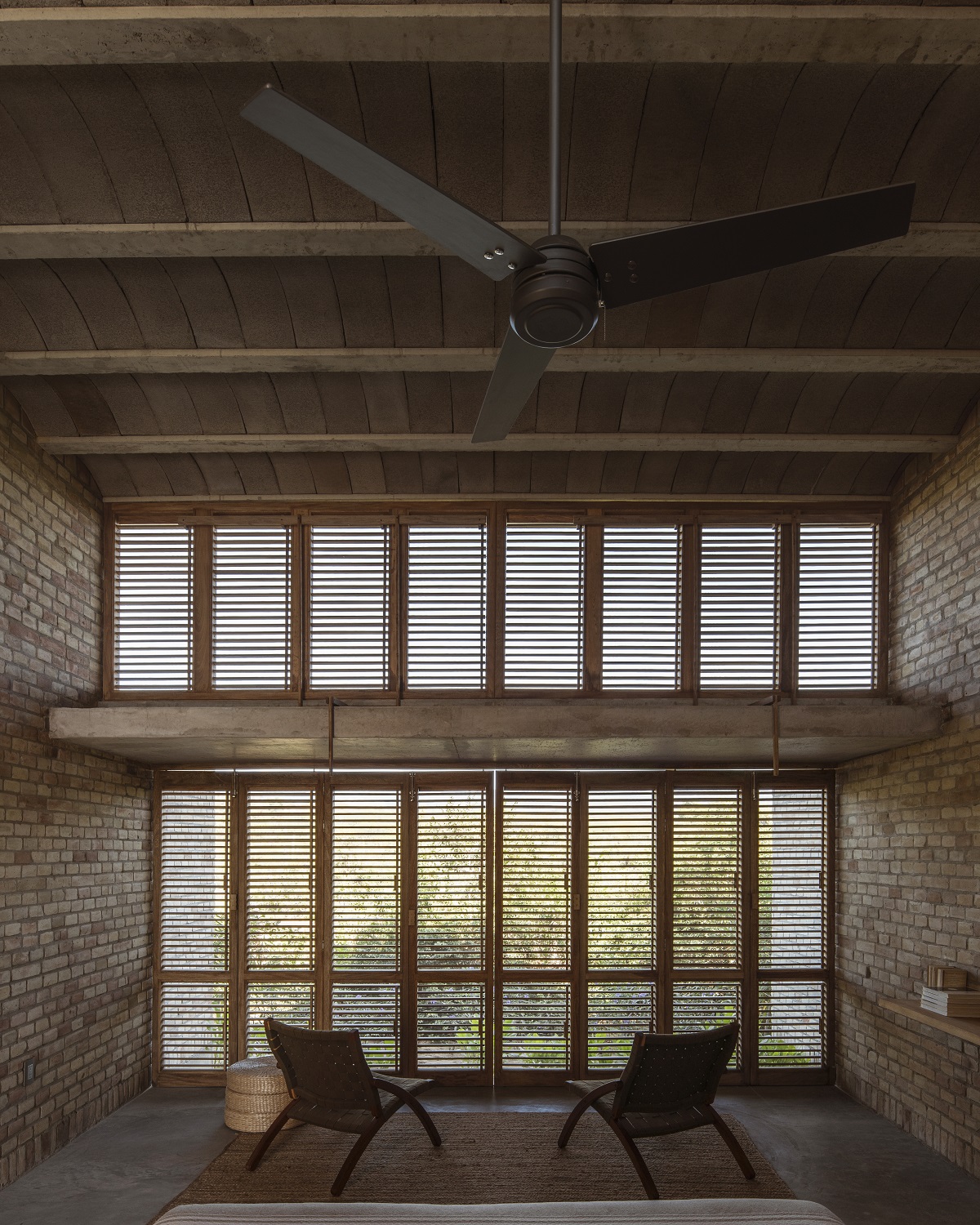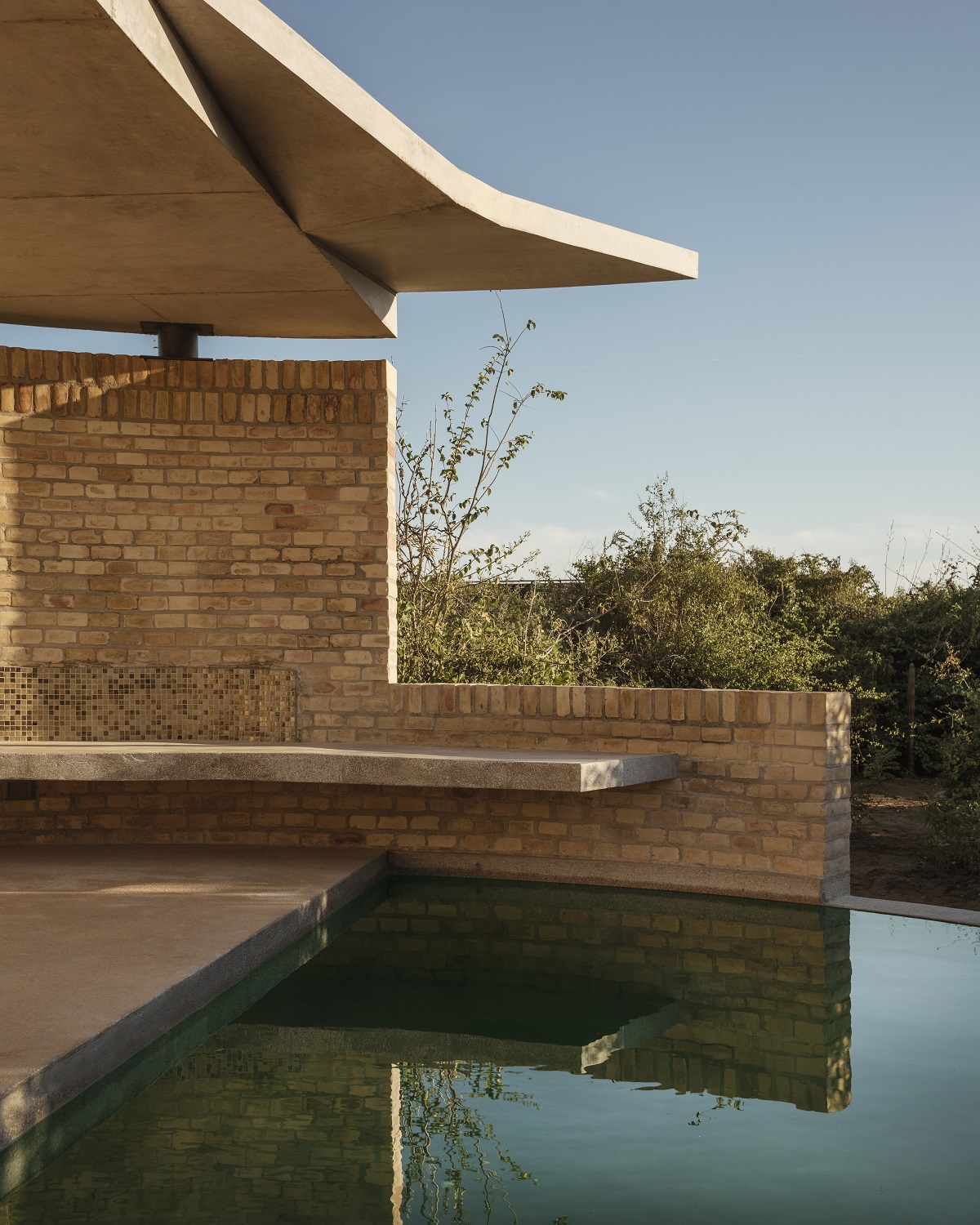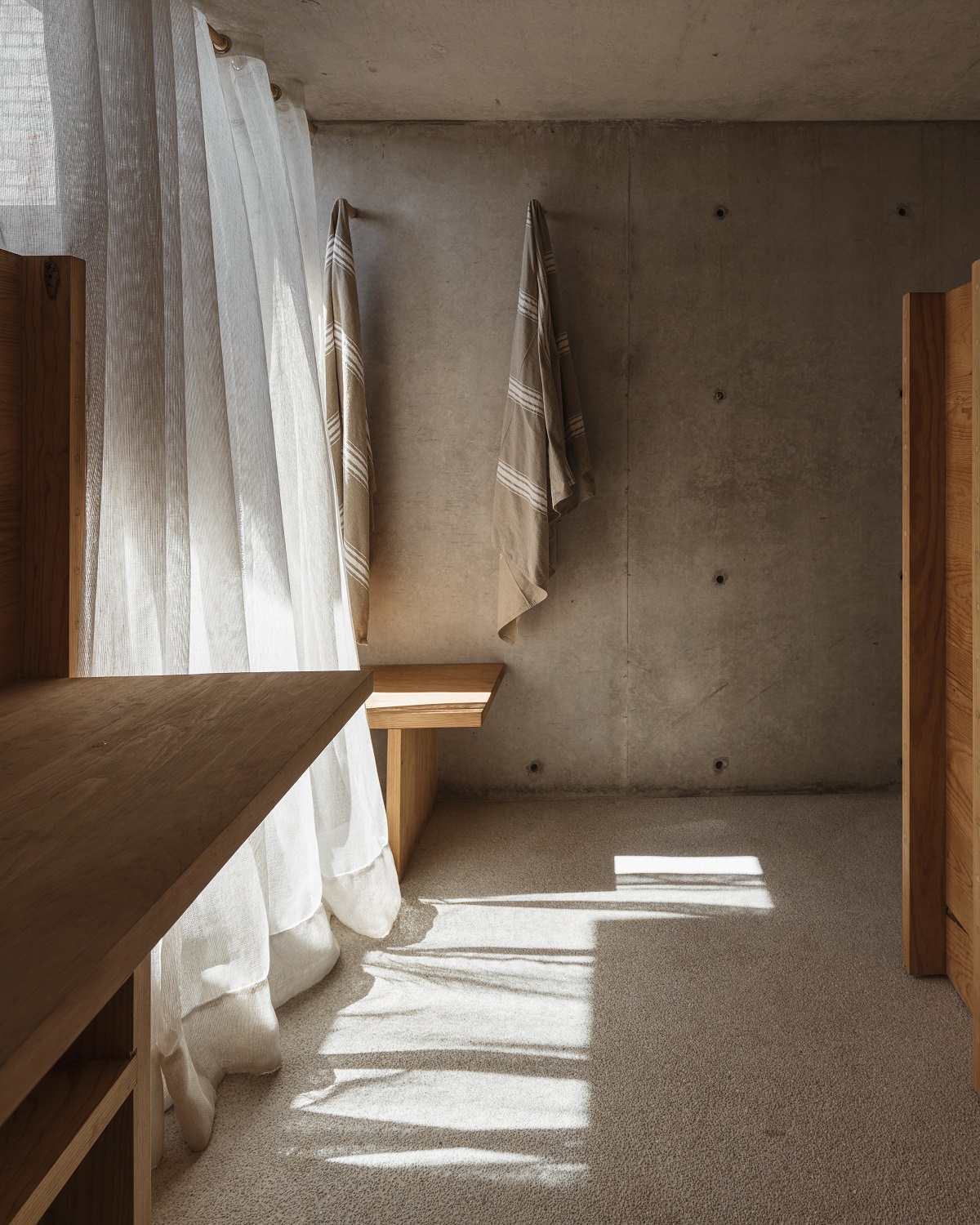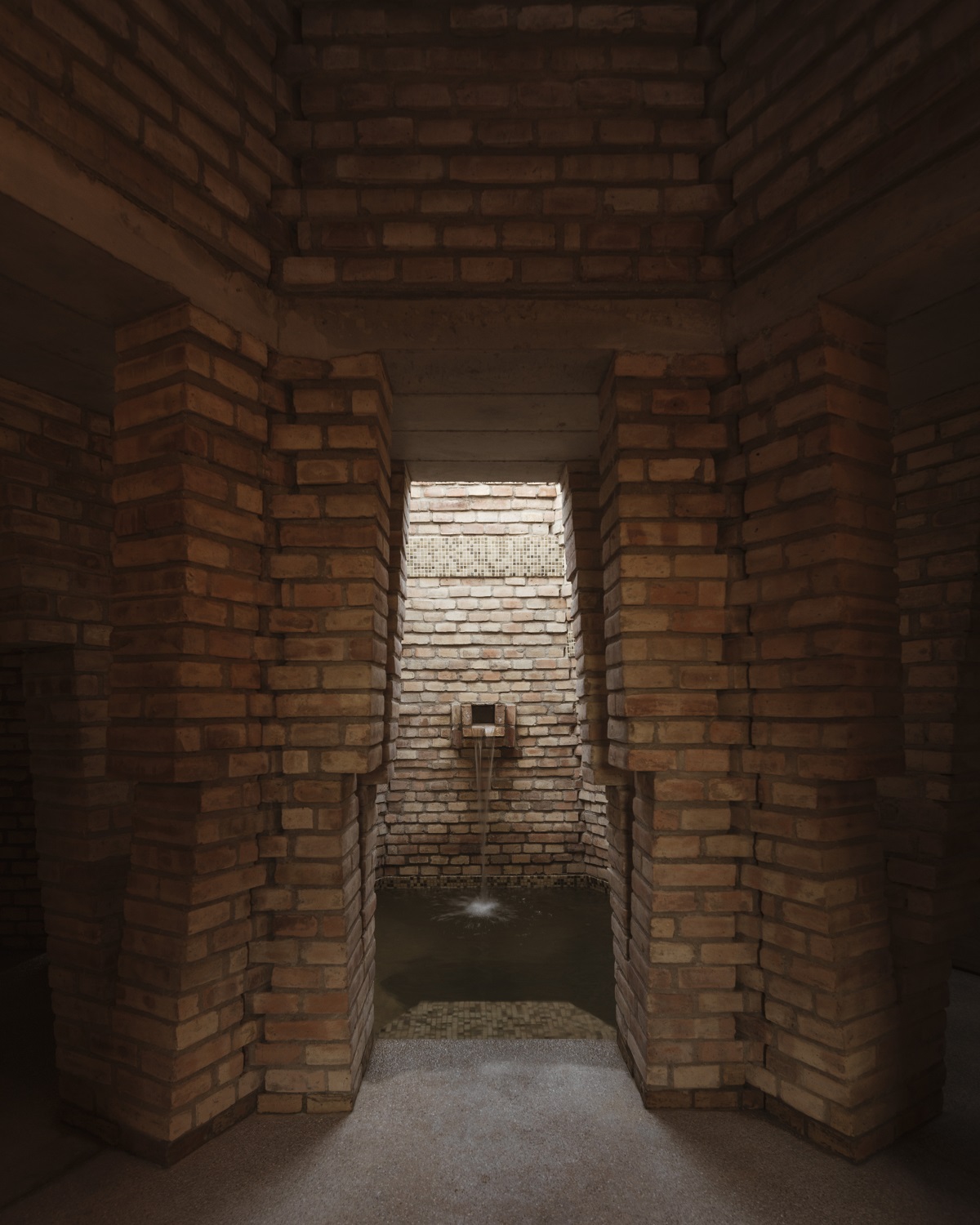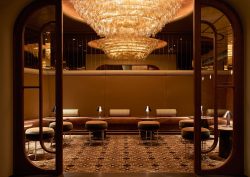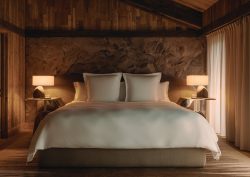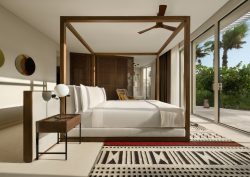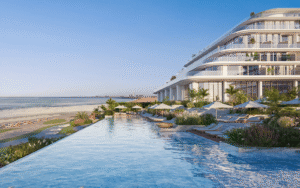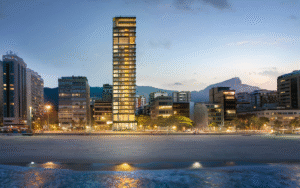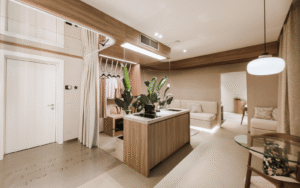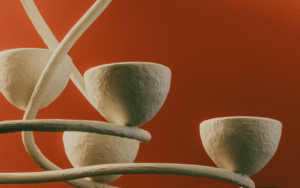Grupo Habita has been leading a design revolution in Mexico’s hospitality industry choosing untapped locations in Mexico where they integrate their vision into the personality of the location. Located in the Mexican jungle outside Puerto Escondido, Grupo Habita’s newest project, Hotel Terrestre, invites guests to reconnect with the luxury of nature…

At Hotel Terrestre, seven contemporary buildings blend into the lush Oaxacan jungle flora and fauna, offering stunning views in all directions. Nestled amongst such a pristine landscape, the property is set to be a place for nature and wellness aficionados, for those who enjoy the outdoors more than the indoors, and for those looking for a place to relax and reconnect through simplicity, beauty, and rest.
With sustainability in mind, architect Alberto Kalach and his team at Taller de Arquitectura X (TAX), together with Fernanda Romandia and Diana Backal, took this vision and translated it into an idyllic modern oasis constructed entirely of locally sourced materials. The property also features cooling methods achieved through innovate building techniques rather than through a reliance upon air conditioning.
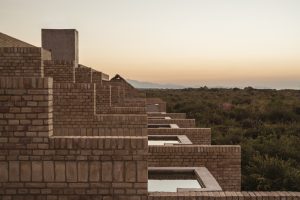
Image credit: Terrestre / Fabian Martínez
Guest accommodations take the form of 14 interconnected villas, each with their own private pool. Exteriors are defined by earth, brick, wood, and concrete, and when seen from inside, these elements are enhanced through the addition of clay and sand. The inherently earthy colour palette is used throughout the property and is complemented by custom furniture by Mexican designer Oscar Hagerman.
This approach creates a harmony between the inside and out, helping to diminish any barrier typically placed between them. Slotted wooden doors and windows, for example, remove the need for glass. In each villa, such openings offer direct connections between bedrooms and private garden terraces with mountain views.
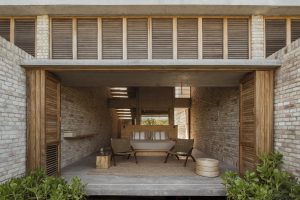
Image credit: Terrestre / Fabian Martínez
A few steps below, each villa has an outdoor bathroom, and upstairs are private terraces furnished with hammocks, lounge areas, and pools stretching out towards the ocean. Bath amenities are also locally produced and are fragranced with a signature copal scent. Moreover, each villa houses a small selection of books—for guests with a quick eye or those indulging in longer stays, a larger library can also be found near the reception area. In addition, Hotel Terrestre’s vibrant garden surrounds a wellness area and a standalone open-air restaurant, where Mexican gastronomic heritage is fused with the region’s rich ecology in an effort to help guests detox during their stays. A short walk away, the casual beach club also serves health-focused drinks, ranging from ginger and cacao sods to turmeric and cayenne-pepper lemonades and creates an ideal ambiance for guests to immerse themselves in the cycles of the moon, the sun, and the stars.
The wellness area features a communal circular pool, a long swimming lane, and a striking hexagonal spa. The spa is replete with a chilled water tub, steam room, and outdoor—as well as indoor—showers. The property is situated near cultural spaces such as Casa Wabi, a sprawling compound with a Tadao Ando-designed centre that hosts artist residencies and exhibitions; a ceramic workshop space with a 22-meter-tall chimney designed by Kalach; and a permanent large-scale outdoor art installation by Mexican artist Bosco Sodi. Nearby are also destination restaurants like Kakurega Omakase and small-batch mezcalerias like Cobarde. Outdoors, there are spots for activities like surfing, bird watching, meditating, hiking, horseback riding, and bathing in natural hot springs.
The Grupo Habita pipeline will maintain its focus on Mexico, and includes hotels in Puebla, Ensenada, San Agustinillo and Merida. All are expected to open in 2022 and 2023.
Main image credit: Terrestre / Fabian Martínez






